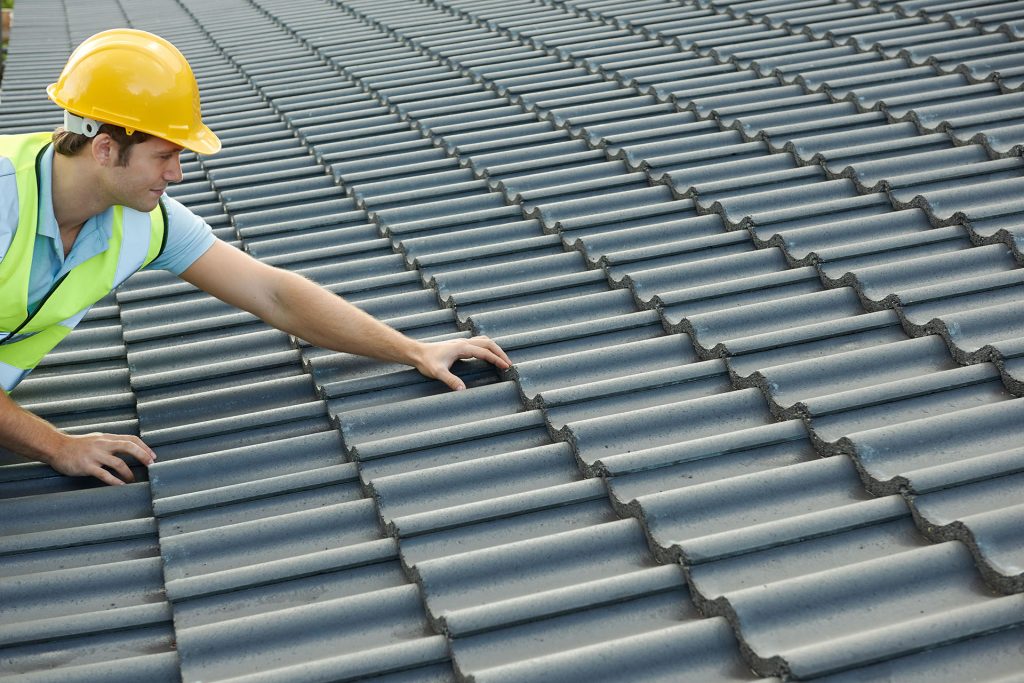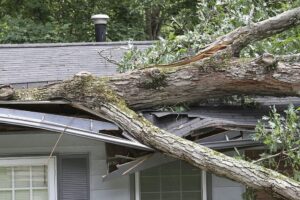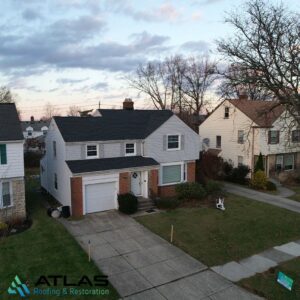Introduction
As sustainability becomes a priority for businesses, energy-efficient commercial roofing solutions are gaining traction. Companies are actively seeking roofing options that reduce energy consumption, enhance durability, and contribute to environmental conservation. The right roofing materials and technologies not only lower energy costs but also support green building initiatives.
Understanding Energy-Efficient Commercial Roofing
Commercial roofing plays a critical role in a building’s energy efficiency. Proper insulation, reflective properties, and sustainable materials can significantly impact heating and cooling expenses. A well-designed roofing system minimizes heat absorption, reduces strain on HVAC systems, and promotes a comfortable indoor environment.
Key Features of Energy-Efficient Roofing
- Reflectivity and Emissivity: Roofing materials with high solar reflectance reduce heat absorption, lowering cooling costs.
- Durability and Longevity: Sustainable roofing solutions last longer, minimizing the need for frequent replacements.
- Insulation Benefits: Properly insulated roofs improve thermal regulation, preventing energy loss.
- Waterproofing and Protection: Advanced roofing membranes prevent leaks and enhance structural integrity.
Best Energy-Efficient Roofing Materials
Selecting the right commercial roofing material is crucial for optimizing energy efficiency. At Atlas Roofing & Restoration, we specialize in the following materials, each offering unique sustainability benefits:
TPO (Thermoplastic Polyolefin)
TPO is a highly reflective roofing membrane that effectively reduces heat absorption. Its white surface enhances solar reflectance, making it a preferred choice for commercial properties seeking to lower cooling expenses. TPO is also resistant to UV rays, chemicals, and punctures, ensuring long-term performance.
PVC (Polyvinyl Chloride)
PVC roofing membranes provide superior durability and energy efficiency. Known for their heat-welded seams, they create a watertight barrier, preventing leaks and moisture damage. Additionally, PVC roofing offers excellent reflectivity, helping businesses reduce energy consumption and maintain a cooler indoor climate.
EPDM (Ethylene Propylene Diene Monomer)
EPDM is a synthetic rubber roofing material known for its durability and flexibility. It provides strong insulation properties, reducing energy loss during extreme weather conditions. Its dark surface can be optimized with reflective coatings to enhance solar reflectance.
Modified Bitumen
A reliable choice for commercial roofing, modified bitumen combines traditional asphalt with modern polymer modifications for improved performance. It offers excellent waterproofing, energy efficiency, and resistance to extreme weather conditions. The multiple-layer application enhances insulation, reducing heating and cooling costs.
How Energy-Efficient Roofing Lowers Costs
Investing in energy-efficient commercial roofing leads to long-term financial benefits. By reducing energy consumption, businesses can experience significant cost savings on utility bills. Furthermore, energy-efficient roofing may qualify for government incentives and tax credits, further enhancing return on investment.
Sustainability and Environmental Impact
Beyond cost savings, energy-efficient roofing contributes to a greener planet. By reducing greenhouse gas emissions and promoting sustainable construction practices, businesses can achieve environmental compliance and strengthen their corporate social responsibility initiatives. Energy-efficient roofs also support LEED (Leadership in Energy and Environmental Design) certification, enhancing building value and appeal.
Common Questions About Energy-Efficient Commercial Roofing
How long do energy-efficient roofs last?
The lifespan of energy-efficient roofing materials varies, but TPO, PVC, and EPDM can last 20-30 years with proper maintenance. Modified bitumen also provides long-term durability when installed correctly.
Can energy-efficient roofing help with indoor temperature regulation?
Yes, reflective and insulated roofing materials prevent excessive heat absorption, keeping indoor spaces cooler in summer and warmer in winter.
Are there financial incentives for installing energy-efficient roofs?
Many local governments and energy programs offer rebates and tax credits for businesses investing in energy-efficient commercial roofing solutions.
Choosing the Right Energy-Efficient Roofing Partner
When selecting a commercial roofing contractor, experience and expertise matter. A reputable company ensures high-quality installation and long-term performance. Atlas Roofing & Restoration specializes in energy-efficient roofing solutions, offering expert guidance and superior craftsmanship tailored to your business’s needs.
Conclusion
Investing in energy-efficient commercial roofing is a strategic move toward cost savings, environmental sustainability, and long-term building performance. By choosing high-quality materials like TPO, PVC, EPDM, and modified bitumen, businesses can enhance energy efficiency while reducing operational expenses. Contact Atlas Roofing & Restoration today to explore the best commercial roofing solutions for a greener future.




